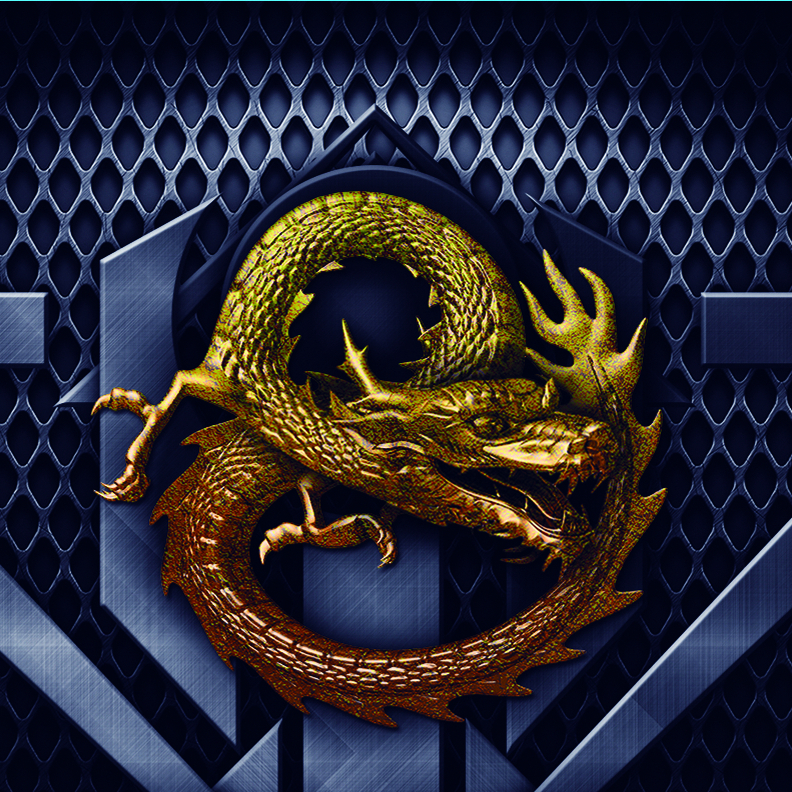
((image via Know Your Meme))
If you’re a nerd, you know a nerd, or you’ve spent any amount of time on the internet, you’ve probably seen some variation of the above image. It’s a chart of the standard Dungeons & Dragons character alignments, which goes by the theory that any given character can be charted a spectrum between good and evil, lawful and neutral.
And it works. Kinda. In theory.
Law and chaos aren’t that big of a discrepancy– on one side you have order and adherence to authority, and on the other you have rebellion and… well, chaos.
It’s the other spectrum that’s always given me trouble.
What is Evil?
According to Wikipedia’s page on the subject:
Good implies altruism, respect for life, and a concern for the dignity of sentient beings. Good characters make personal sacrifices to help others.
Evil implies harming, oppressing, and killing others. Some evil creatures simply have no compassion for others and kill without qualms if doing so is convenient or if it can be set up. Others actively pursue evil, killing for sport or out of duty to some malevolent deity or master.
Which seems straightforward… except, don’t the typical D&D adventures revolve around a group of adventures killing orcs (a playable sentient race), goblins, and random animals that happen across your path– and then looting their corpses? Wouldn’t that automatically disqualify most playable characters from carrying a ‘good’ alignment?
Or is it Good to kill sentient beings, as long as they belong to a certain race? (That, my friends, is called racism.)
Or is it Good to kill in self-defense? Even when disarming and disabling an opponent is an option?
I could go on like this for hours.
Context matters
I would argue that most people would consider themselves to fall on the general ‘good’ side of the spectrum– and that includes some of the most despicable individuals that humanity has to offer. The question, then, is who’s making that judgement.
As a nun who devoted her life to helping those less fortunate than herself, Mother Theresa might be considered Lawful Good in a society based on Christian values– but in Bioshock’s city of Rapture, she’d likely be popularly considered Chaotic Evil for defying the basic tenets of her society and enabling what they refer to as “parasites”.
Similarly, I would argue that a succubus who regularly kills and eats humans wouldn’t be seen as Evil by other succubi– after all, humans are essential to her diet, so likely she wouldn’t see humans as people, the same way most humans don’t have a problem killing and eating cows.
Applying it to writing
Where do your characters think they fit on the alignment chart? Where does the society they live in think they fit? What about the other characters?
This is especially interesting with protagonists and antagonists– because remember, the former aren’t always heroes, and the latter aren’t always villains.
Where do your main characters fall? Where you surprised by anything you found? Let us know in the comments!



Leave a comment